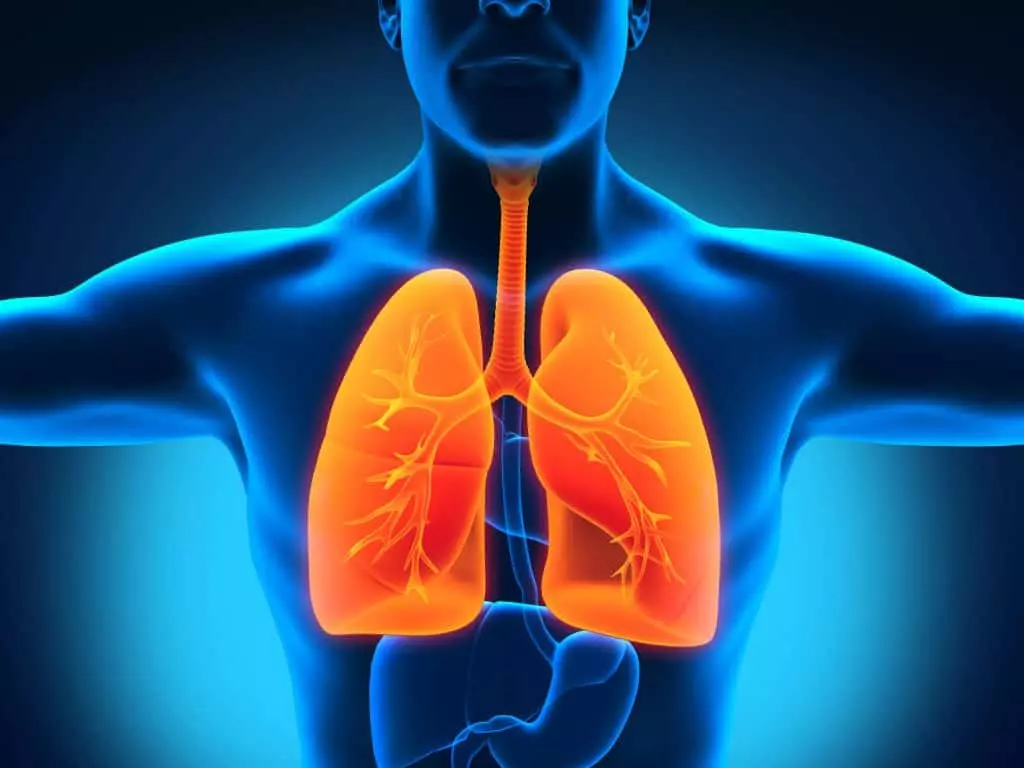Tuberculosis
Topics:
Tuberculosis Overview
Tuberculosis Ratings
Tuberculosis Overview
The VA awards disability compensation for conditions that are service-connected. The DoD will also rate service-connected conditions as long as they also make the service member Unfit for Duty. For Reservists, the condition must have occurred in or resulted from an injury in the Line of Duty to qualify.

Tuberculosis (TB) is an infectious disease caused by air-borne bacteria that most commonly affects the lungs (pulmonary) but can also affect other organs (nonpulmonary). Since it can affect so many different parts of the body, each case can cause very different symptoms.
The VASRD offers rating options for TB based on the type and affected location.
Because of the Pyramiding Principle, ratings for TB cannot be given in addition to ratings that cover the same symptoms. Thus, a rating for Pulmonary TB cannot be rated in addition to a rating for chronic bronchitis or any other Respiratory System condition since they will all present with similar symptoms. In cases where the TB affects clearly separate systems and causes distinctly different symptoms, then multiple ratings can be given (see The Tuberculosis Ratings page for details and any exceptions).
Return to Top
Tuberculosis Ratings
The VASRD offers ratings for the following conditions:
- Pulmonary Tuberculosis
- Tuberculosis of the Bones and Joints
- Tuberculosis of the Eye
- Miliary Tuberculosis
- Tuberculous Laryngitis
- Tuberculosis of the Peritoneum
- Tuberculosis of the Kidney
- Tuberculosis of the Lymph Nodes
- Tuberculosis Luposa
- Tuberculous Addison’s Disease
If a TB condition is not directly listed on the The Tuberculosis Ratings page, it is rated under the code that best describes it or allows its dominant symptoms to be rated.
Return to Top
FAQs
How will the VA rate my Tuberculosis?
The VA uses the rules of the VASRD to rate TB on the symptoms that it causes in the location of the infection. Check out our Tuberculosis Ratings page for full details on the codes and rating options.
My TB wasn't diagnosed until after I was discharged. Can it qualify for VA disability?
In order for a condition to qualify for VA Disability, it must be service-connected. Since TB is an infectious disease, if you did not contract it until after service, then it was not caused by your military service and will not be considered service-connected.
Are my conditions eligible for a rating?
Your conditions are eligible to be rated by the VA if they are the result of your military service. You must be able to show proof of service-connection for each condition. For the DoD, they will rate your service-connected conditions as long as they also make you Unfit for Duty.
How do I apply to receive my TB ratings?
If you are still in the military, then you can request your military physician to refer you to the MEB and start the IDES process. If you are already a veteran, you can submit a VA Disability Claim along with evidence of service-connection and all medical records regarding the conditions on the claim.
If my claim is approved, what benefits will I receive?
If you are rated 20% or less from the DoD, then you will receive a single separation payment. If you are rated 30% or more, you will receive full retirement benefits. From the VA, you will receive a monthly payment as well as full medical care from the VA for the qualifying conditions.
How long does it take to receive my disability benefits?
Brand new claims usually take 3-6 months to process. Once processed, you will start receiving payments in 1-3 months.
How are the rating percentages assigned to my conditions?
The rules of the VA's Schedule for Rating Disabilities (VASRD) are used to assign rating percentages to conditions. The VASRD gives rating rules for conditions based on their symptoms, treatment options, and the resulting level of disability they cause.
My TB symptoms have worsened. How do I increase my rating percentages?
If your symptoms have worsened since you last applied and now qualify for a higher rating, you can submit a new claim, checking the box for an increased evaluation. If there are any new secondary conditions, then you can submit a new claim for them as secondary to your TB.



